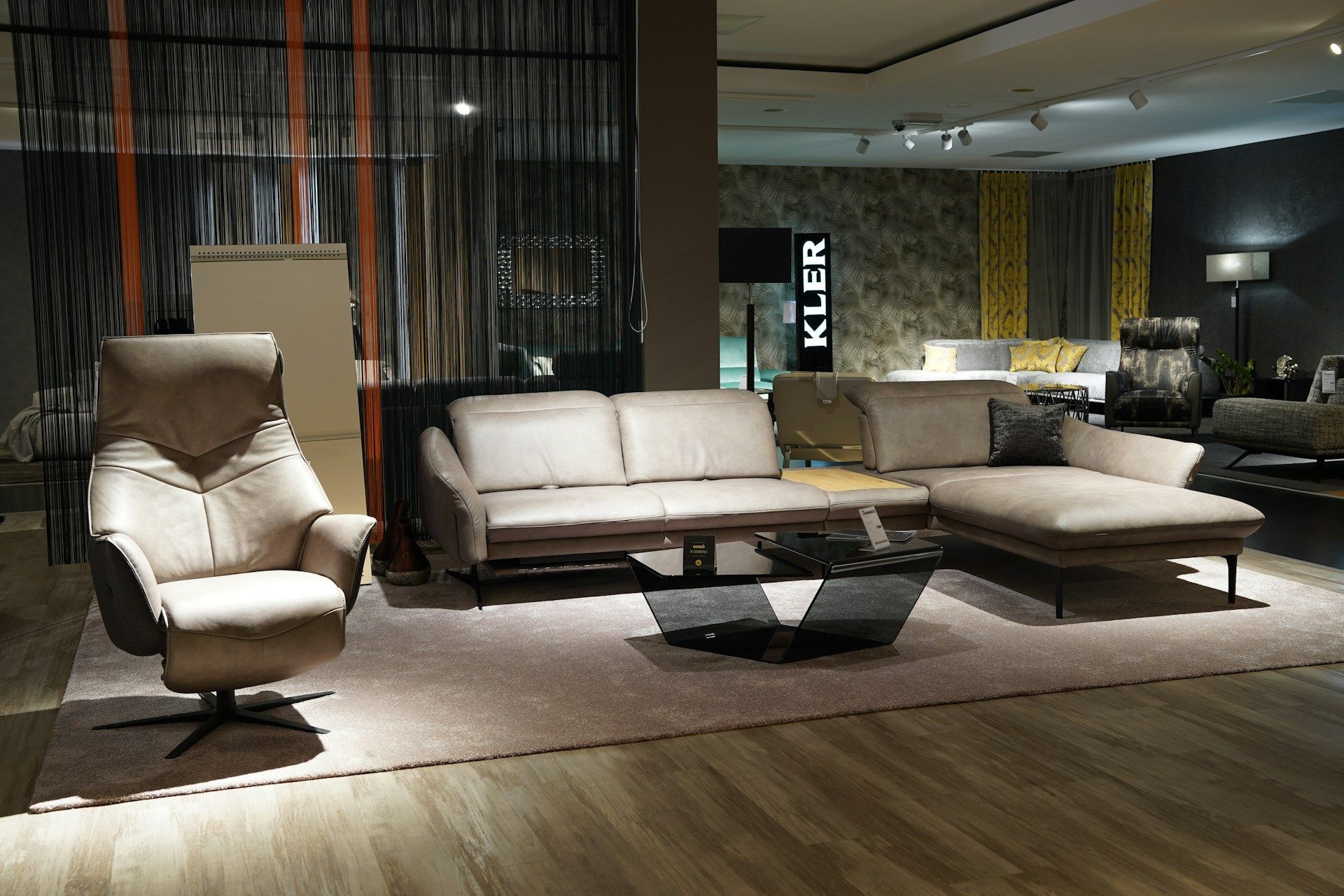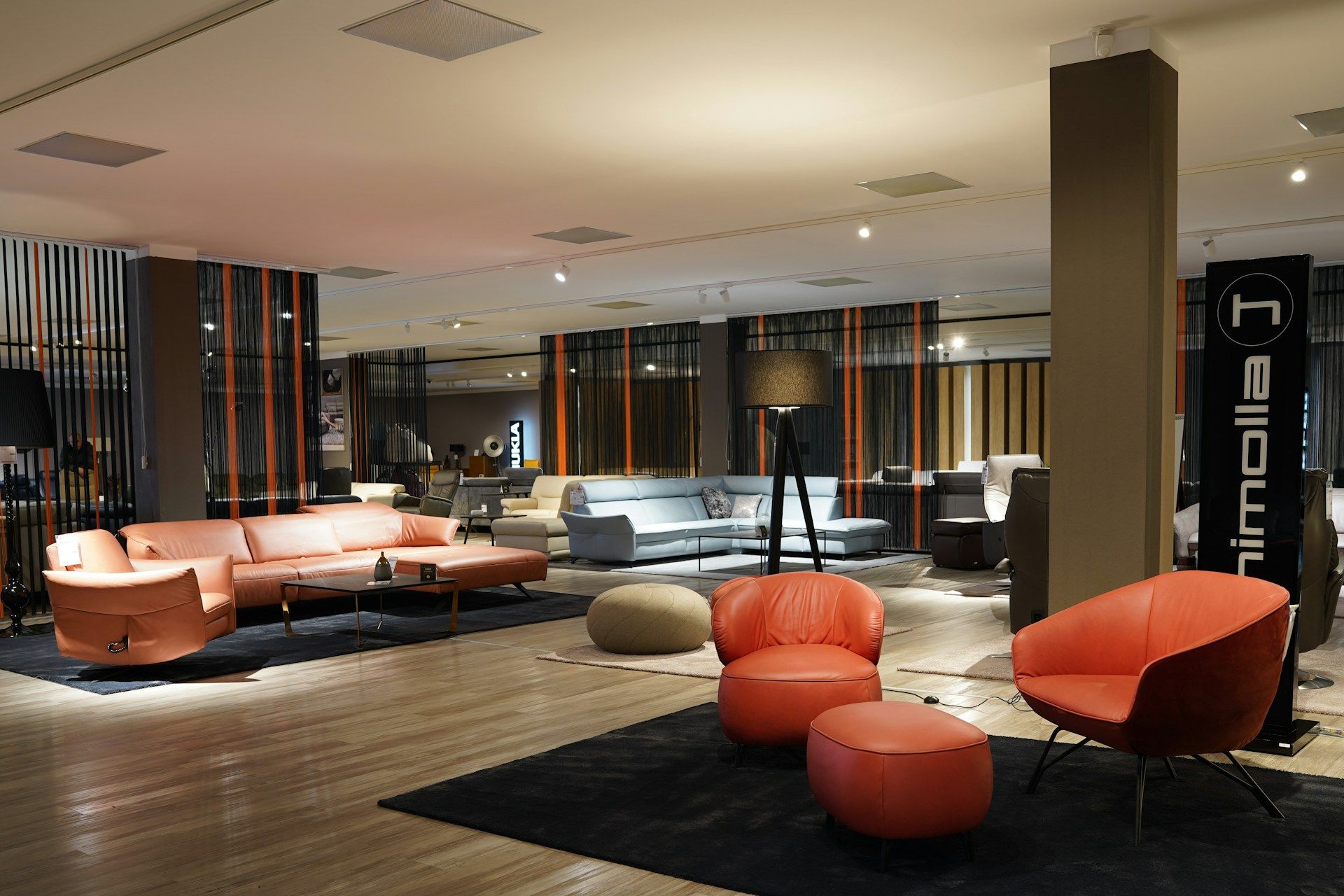Create a Unique Look: Mixing and Matching Furniture Styles
Embracing a variety of furniture styles in your home can result in a unique, eclectic, and visually engaging living space. But how do you mix and match different styles while maintaining a cohesive aesthetic? Owensboro Furniture knows the art of blending diverse furniture styles and is here to share expert advice on creating stunning interiors filled with character and charm.
In this comprehensive guide, we will explore practical techniques and design principles that will enable you to combine various furniture styles in your home successfully. From juxtaposing old and new elements to balancing color schemes and using statement pieces, our expert tips will help you create an interior design that defies the ordinary and exudes personality.
So whether you're looking to breathe new life into your existing décor or starting from scratch, join us on this creative journey and learn how to blend different furniture styles for a truly unique look skillfully.
1. Start with a Solid Foundation: Understanding Furniture Styles
Before you begin mixing and matching furniture styles, it's essential to have a solid understanding of the various styles at your disposal. Familiarize yourself with the key elements and defining characteristics of different furniture styles, such as:
- Traditional: Rooted in European influences, traditional furniture is characterized by refined elegance, rich wood finishes, detailed carvings, sumptuous fabrics, and classic lines.
- Contemporary: Defined by simple and clean lines, contemporary furniture often incorporates sleek metals, glass, and natural wood tones to create a sense of balance, comfort, and modern sophistication.
- Mid-Century Modern: Recognizable by its minimalist design, organic shapes, and use of materials like wood, metal, and plastic, this style is heavily influenced by the mid-20th century's design principles.
- Industrial: A blend of form and function, industrial style furniture is characterized by raw and gritty finishes, metal accents, and reclaimed wood, giving it an urban and rugged appeal.
- Coastal: Embodying a breezy, beach-inspired atmosphere, coastal furniture is light and airy, and utilizes soft colors, natural textures, and materials like weathered wood, rattan, and cotton.
2. Choose a Unifying Color Palette
Once you have a grasp on different furniture styles, the next step is to develop a cohesive color scheme that will tie your décor together. Consider the following tips when choosing your palette:
- Select a main hue: Determine a base color that is versatile and adaptable, which will serve as the foundation for the rest of your color choices. Neutral colors like white, beige, and gray are often ideal for this purpose.
- Balance color schemes: Strive for balance by incorporating both warm and cool tones within your space. For instance, warm wood tones can be offset by cooler shades like blues and greens, while cool metals can be balanced with earthy shades.
- Accent with purpose: Accent colors add depth and personality to your space. Pick one or two complementary colors that enhance your primary color and easily integrate with multiple design styles. These accents can come from decorative items, upholstery, or painted furniture pieces.
3. Balance Proportions and Scale
When combining furniture styles, it is crucial to keep proportions and scale in mind to create a harmonious and visually appealing space:
- Maintain visual weight: Distribute furniture pieces of varying sizes and styles evenly throughout the space to prevent clustering, which can disrupt the overall balance.
- Scale matters: When placing larger pieces, be mindful not to overwhelm the space. Ensure that your furniture choices do not dwarf other elements in the room and leave plenty of room for movement.
- Combine high and low elements: Create visual interest by incorporating tall and short pieces to achieve a dynamic design. For example, a tall bookshelf paired with a low-slung sofa can create an attractive and well-balanced contrast.
4. Establish a Focal Point
Creating a focal point when mixing and matching furniture styles will ground your space and provide a central element for your design:
- Statement piece: Choose a striking piece that makes an impact and captures the essence of your desired aesthetic. This could be a bold sofa, an ornate antique chandelier, or a large, eye-catching painting.
- Grouping: Arrange a collection of similarly styled items together to create a focal point. For instance, you can group several vintage mirrors or an assortment of pottery to draw the eye toward that area.
- Architectural features: Utilize preexisting features within your home, such as fireplaces, large windows, or built-in bookshelves, as natural focal points that will guide your furniture arrangement.
5. Mix in Key Textures and Materials
Incorporating various textures and materials can bring depth, character, and interest to your space:
- Play with opposites: Mixing different textures, such as smooth leather and soft, plush fabrics, or combining materials like metal and wood, adds an element of surprise and excitement to your décor.
- Layering: Layer different textures, patterns, and materials within your space to create a sense of depth and dimension. A textured rug, plush upholstery, and a metal coffee table can work together harmoniously when carefully balanced.
- Maintain balance: Just as with color schemes, aim for a balanced mix of textures and materials. Too many competing elements can create visual clutter, while a minimal approach can feel flat and uninteresting.
6. Curate Accessories Thoughtfully
Accessories play an essential role in unifying your diverse furniture styles:
- Repetition: Repeating design elements, such as patterns, shapes, or colors, in your décor can create a sense of cohesion and connection between seemingly disparate items.
- Pair old with new: Bridging the gap between antique and modern pieces with curated accessories, such as a decorative vintage tray atop a contemporary coffee table, can help to ground the entire space.
- Scale: Pay attention to the size and proportion of your accessories, aiming for the right balance among them. For example, a large coffee table would look more cohesive with a group of smaller decorative objects than with a single, oversized centerpiece.
By focusing on these key design aspects and incorporating your unique tastes and preferences, you can confidently mix and match various furniture styles for a personalized and visually captivating interior design.
Unleash Your Creativity and Refresh Your Space with Owensboro Furniture
Mixing and matching furniture styles allows you to express your unique sense of taste and create a living space that feels genuinely yours. By employing key design principles, understanding color palettes, balancing proportions, creating focal points, and thoughtfully curating accessories, you can successfully blend a variety of styles for a personalized, rich, and dynamic interior.
Ready to give your home a one-of-a-kind makeover? Explore our extensive furniture collection online or at our
furniture warehouse in Owensboro, spanning various styles that cater to every design aesthetic. Our experienced staff is always here to help you navigate your furniture selection and offer expert guidance on crafting your space. Start living in a home that reflects your distinct personality and impeccable style with Owensboro Furniture today!



